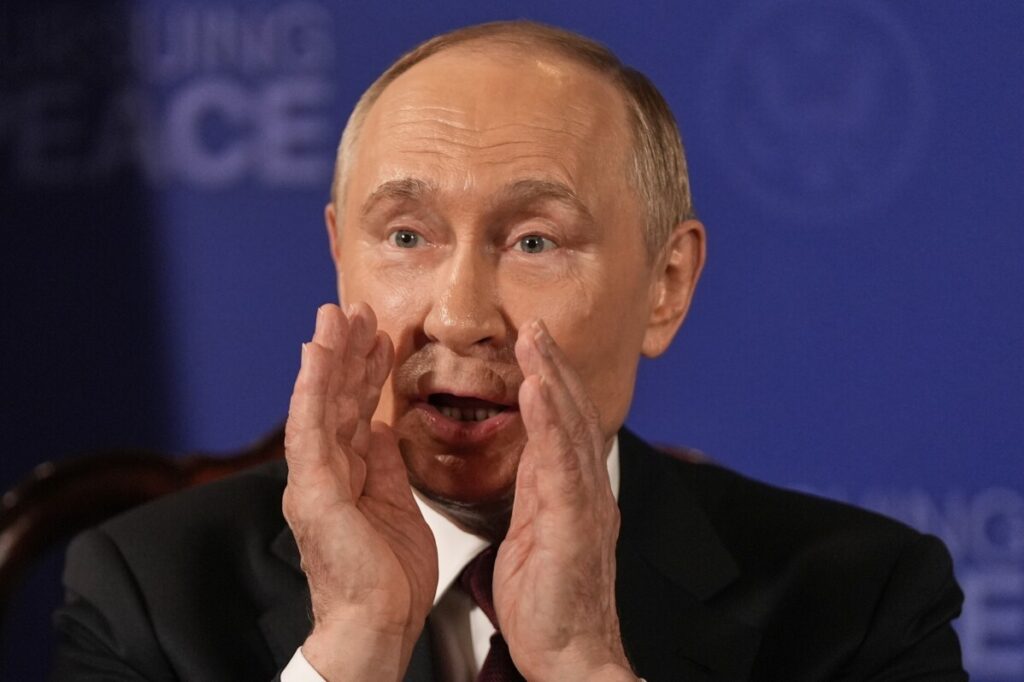Trump-Putin Summit in Alaska: What Are Americans Really Getting?
President Trump and Vladimir Putin met in Alaska, a summit with implications far beyond photo ops—raising questions about America’s national security and foreign policy priorities.

On August 15, 2025, the world watched as President Donald Trump met with Russian President Vladimir Putin at Joint Base Elmendorf-Richardson in Alaska. While the Associated Press offers a gallery of moments capturing smiles and handshakes, the real story lies beneath these images—a story of geopolitical maneuvering that demands a critical eye from every American concerned with our nation’s sovereignty and security.
Is This Summit a Win for America or a Dangerous Reset?
The optics of two powerful leaders meeting after four years might suggest progress. But what does this meeting mean for the United States? Russia’s ongoing war in Ukraine continues to destabilize Eastern Europe and challenge global order. Rather than isolating Moscow for its aggression, this summit signals an attempt to normalize relations on terms that could undermine American interests.
Underneath carefully staged photos, Washington risks sending mixed messages to both allies and adversaries. Does cozy diplomacy with an autocrat embolden enemies who target our borders and cyber networks? America First principles demand that we prioritize national sovereignty over appeasement.
Who Benefits When Washington Meets Moscow on Our Soil?
The choice of a military base in Alaska as the venue is symbolic—our northern frontier stands watch over strategic interests in the Arctic and Pacific. Yet inviting Russia’s leader here without clear, tough demands risks conceding leverage. How long will policymakers tolerate deals made behind closed doors that sideline American workers, families, and servicemen who deserve real security?
This summit also raises questions about transparency. The flood of media coverage focuses on visuals rather than substance—an all-too-familiar pattern where optics prevail over outcomes. For citizens struggling with economic pressures at home, such diplomatic gestures offer little comfort if they come at the expense of strong borders and fair trade.
We must ask ourselves: does this meeting advance peace or simply reset risky détente that disregards enduring threats? As Americans committed to freedom and prosperity, vigilance is required against foreign influence disguised as diplomacy.
